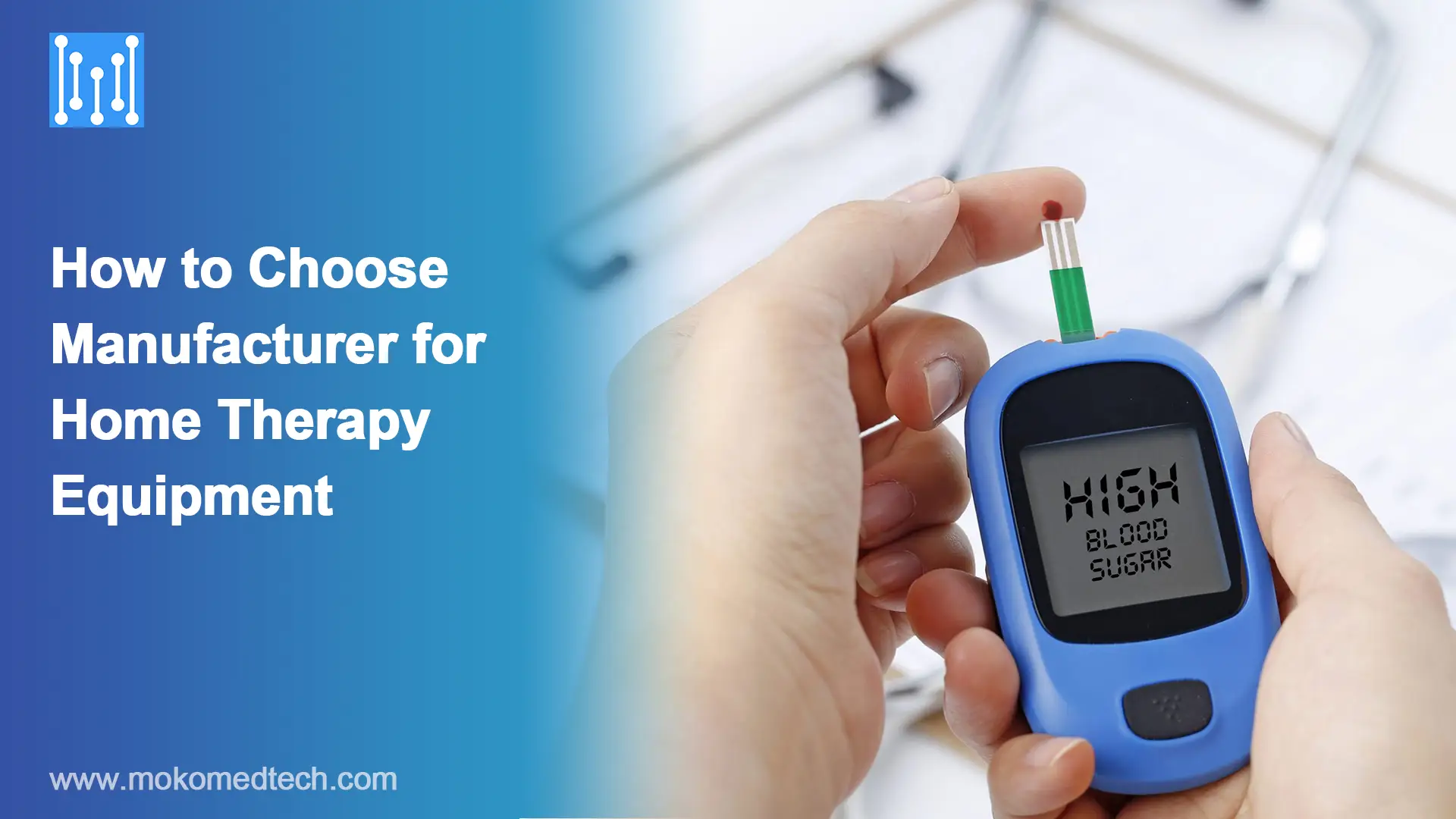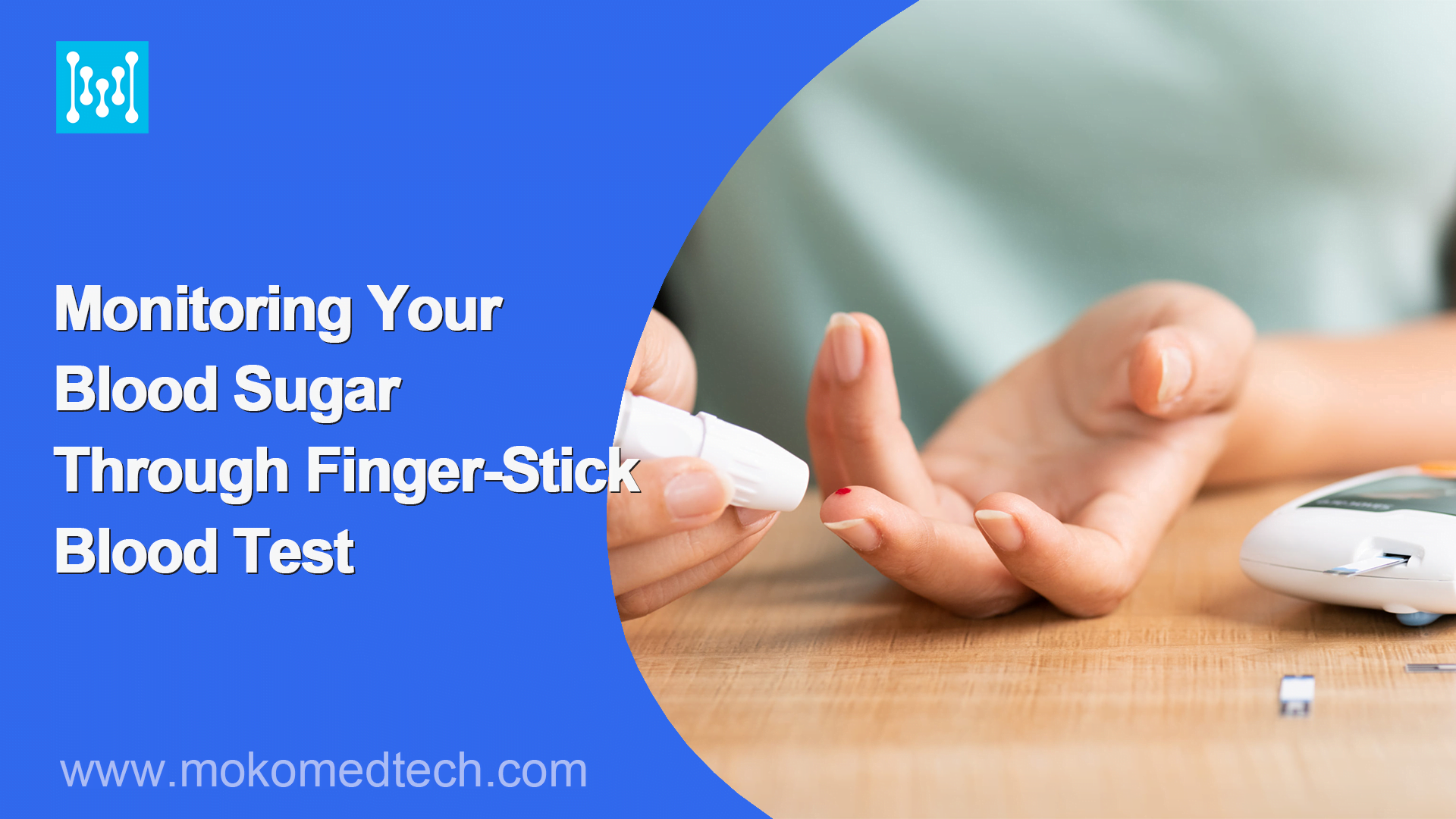How Much Do You Know Glucose Meters?
For people with diabetes, regularly checking blood glucose levels is an important part of managing their condition. Glucose meters are small, portable devices that allow people to easily test their blood glucose throughout the day. If you have diabetes, it is essential to manage your diabetes and prevent complications by using different types of glucose meters. You can test your blood sugar using a continuous glucose monitor (CGM) or with the help of a glucose meter (a portable electronic device). But how much do you really know about these common diabetes care tools?
What Are Blood Glucose Meters and CGMs?
- Blood Glucose Meters
Blood glucose meters are compact handheld devices that measure blood sugar levels at a specific moment in time. To use a glucose meter, a small sample of blood is obtained by pricking the fingertip with a lancing device. This blood sample is applied to a disposable test strip that is inserted into the meter.
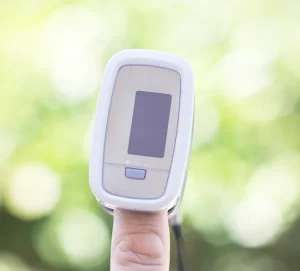
Inside the test strip are chemicals that react with glucose in the blood sample. This reaction generates a small electrical current that provides a reading of the glucose concentration. Within seconds, the blood sugar level is displayed digitally on the meter.
- Continuous Glucose Monitors
Continuous Glucose Monitors (CGMs) work a little differently than traditional fingerstick glucose meters.
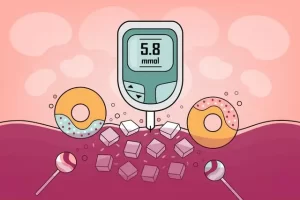
This minimally invasive sensor measures and transmits glucose readings to a receiver or smartphone app every few minutes, providing constant data on where glucose levels are heading and how fast they are changing. Trend graphs track patterns over hours, days or weeks.
Customizable alerts can warn the wearer if levels are getting too high or low. By providing 24/7 information, CGMs enable much tighter control over blood glucose fluctuations.
Complementary Tools
Blood glucose meters and CGMs have complementary strengths in diabetes care. Meters continue to provide valuable on-the-spot feedback. But CGMs shed light on glucose patterns by tracking trends continually, day and night. Using both together can optimize glycemic control.
The right glucose monitoring options can empower diabetes patients with information and insights to better manage their condition. Both blood glucose meters and CGMs have an important role to play in modern diabetes care.
How Do They Work?
Blood glucose meters measure the amount of glucose (sugar) in a small sample of blood, usually obtained by pricking the fingertip with a lancet. Inside the glucose meter is a strip port where you insert a disposable test strip. These test strips contain chemicals that react with glucose in the blood sample.
When a blood sample is applied to the test strip, the glucose in the blood reacts with the chemicals on the test strip, resulting in a small electrical current. The meter detects this electrical current and uses it to calculate the amount of glucose in the blood sample.
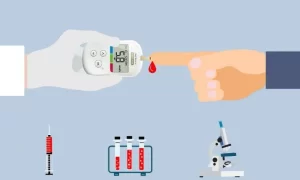
Most glucose meters today use an enzyme called glucose oxidase as part of the reaction. The glucose oxidase oxidizes the glucose, generating a brief flow of electrons that creates the electrical current measured by the meter. Within a few seconds, the glucose reading is displayed digitally on the meter.
The fingerstick glucose meter doesn’t directly measure glucose. Instead, it measures the electrical current caused by a chemical reaction between glucose in the blood sample and chemicals embedded in the test strip. This allows it to calculate and display the blood glucose level.
Continuous Glucose Monitors (CGMs) work a little differently than traditional fingerstick glucose meters. Here’s an overview of how CGMs work:
- A tiny sensor is inserted under the skin, usually on the belly or arm. This sensor measures glucose levels in the interstitial fluid between cells.
- The sensor contains a special enzyme called glucose oxidase. When glucose in the interstitial fluid reacts with this enzyme, a small electrical current is generated.
- This electrical current is measured and transmitted to a receiver or smartphone app every 5 minutes or so. The CGM translates these electrical readings into estimated blood glucose levels.
- Unlike glucose meters which require a finger prick, CGMs measure glucose continuously, providing glucose direction and rate of change.
- Patients still need periodic fingerstick tests to calibrate the CGM. But fingertip testing is required much less often – about twice per day.
- CGMs come with customizable alerts for detecting highs and lows and provide around-the-clock glucose data that can help patients better manage their diabetes.
CGMs offer a less invasive way to monitor glucose continuously rather than episodic fingerstick testing. The sensor and enzyme reaction produces electrical signals corresponding to interstitial glucose levels for tracking patterns and trends.
Comparison between These Two Types Of Blood Glucose Meters?
For people with diabetes, checking blood glucose levels is a vital part of managing their condition. There are two main options for monitoring glucose levels—continuous glucose monitors (CGMs) and standard blood glucose meters (BGMs). While both technologies have pros and cons, they each provide complementary benefits in diabetes care.

Continuous Glucose Monitors
CGMs provide a constant stream of glucose data by measuring levels in interstitial fluid. A thin sensor inserted under the skin monitors glucose every few minutes, providing nearly 300 readings per day. The sensor contains an enzyme called glucose oxidase that generates a small electrical current when glucose is present. This current transmits glucose information wirelessly to a receiver/smartphone.
CGM users get a glucose trend graph along with the current reading, seeing where levels are heading and how fast they are changing. Customizable alerts for highs and lows can be set. By providing 24/7 information, CGMs enable much tighter control of blood sugar fluctuations.
Key Benefits of CGMs
- Reveal glucose patterns and variability over hours/days.
- Provide greater insight into the effects of food, exercise, and medication on glucose levels.
- Reduce the need for fingerprick testing (calibrations needed 1-2 times daily).
- Customizable alerts and alarms warn of hypoglycemia and hyperglycemia.
- Data can be shared remotely with healthcare providers to optimize treatment.
- Integrate with insulin pumps to automate insulin delivery.
- Comprehensive metrics like time in range, lows, and highs.
Potential Drawbacks of CGMs
- Higher cost of initial hardware and supplies. Many insurance plans don’t cover CGMs.
- Fingerstick calibrations are still required, but much less often.
- Can cause skin irritation or allergic reaction at the insertion site.
- Nuisance alarms may lead to “alarm fatigue.”
- Requires training and comfort with wearing tech and using data.
Blood Glucose Meters
BGMs measure glucose in a drop of blood from a finger prick. The user inserts a test strip that contains enzymes. When blood is applied, a small electrical current is produced proportional to the glucose concentration. Most meters deliver results in 5 seconds or less. The single reading only gives a snapshot of blood sugar at that moment.
Benefits of Using a BGM
- Provides immediate, real-time blood glucose level.
- Small, portable size for convenient testing anywhere.
- Allows users to take action to correct high or low levels.
- Often built-in memories to store several hundred test results.
- One-time cost of the meter, then ongoing cost of relatively inexpensive test strips.
Limitations of BGMs
- Readings are limited to specific moments in time rather than continuous data.
- No insight into the direction or fluctuations in glucose levels.
- Requires frequent and often painful fingersticks.
- Test strip costs add up over time.
- Testing can be cumbersome and difficult for some patients.
Summary
The advantages of blood glucose meters are that they are simple to use, relatively inexpensive, and allow blood glucose measurements to be taken at any time. However, this kind of glucose meter can only provide short-term blood glucose levels. It cannot provide real-time or continuous glucose monitoring, which makes it difficult to assess a patient’s glucose trends. As a result, non-dynamic glucose meters may not be suitable for patients who require more stringent glucose monitoring, such as those with poorly managed diabetes or diabetic complications.
The advantage of continuous glucose meters is that they provide more and more accurate blood glucose data, allowing patients to better manage their blood glucose. They also help people with diabetes prevent and manage blood glucose abnormalities. However, continuous glucose meters are more expensive, require regular sensor replacement, and may not be suitable for all patients. Patients should consider their own situation and needs when choosing a blood glucose monitoring device and consult their doctor for advice.
Main brands of glucose meters on the market
Here is a chart of some of the main brands for blood glucose meters and continuous glucose monitors:
| Blood Glucose Meters | Continuous Glucose Monitors |
| Accu-Chek Guide | Dexcom G6 |
| OneTouch Verio Flex | Freestyle Libre |
| Contour Next One | Medtronic Guardian Connect |
| MOKOMEDTECH BGM | Senseonics Eversense |
| Bayer Contour Next | Abbott FreeStyle Libre 2 |
| Roche Accu-Chek Aviva | MOKOMEDTECH CGM |
| OneTouch Ultra 2 | Dexcom G7 (upcoming) |
| True Metrix | Senseonics Eversense XL |
| Fora Diamond Mini | Medtronic Guardian Sensor 4 |
Key things to consider when choosing a glucose meter:
- Accuracy of readings
- Ease of use
- Costs (meter, strips, sensors)
- Insurance coverage
- Data sharing capabilities
- Smartphone integration
- Customer support
Discuss your needs with your doctor to determine which glucose monitoring system is right for your diabetes management. The major brands all offer quality options with competitive features.


